Why Proper Storage of Smart Home Technology Matters
As smart home technology becomes increasingly central to our daily comfort and efficiency, protecting these valuable devices during renovations is crucial. Smart thermostats and home automation hubs aren’t just expensive – they’re sophisticated pieces of technology that require careful handling and storage to maintain their functionality.
Temperature and Humidity Considerations
Smart thermostats and automation equipment are sensitive to environmental conditions. To protect your investment, consider these critical factors:
- Optimal storage temperature range: 32-90°F (0-32°C)
- Ideal humidity levels: 30-50%
- Protection from direct sunlight and heat sources
- Avoidance of condensation risks
Essential Packing Materials
Proper storage begins with the right packing materials. Gather these items before removing your smart home devices:
- Original packaging (if available)
- Anti-static bags for electronic components
- Silica gel packets for moisture control
- Bubble wrap or foam padding
- Sturdy storage containers
- Label maker or marking materials
Step-by-Step Storage Process
Follow these steps to safely prepare your smart home technology for storage:
- Document your current setup with photos and notes
- Power down devices properly
- Remove batteries if applicable
- Clean devices gently with appropriate materials
- Pack in anti-static bags with silica gel packets
- Add protective padding
- Label everything clearly
- Store in climate-controlled conditions
Wire Management and Organization
Proper wire organization is crucial for smooth reinstallation. Consider these tips:
- Label all wires before disconnecting
- Take photos of wire configurations
- Use zip ties or velcro straps to bundle wires
- Store wiring diagrams with the equipment
- Keep all components together in labeled containers
Climate-Controlled Storage Solutions
To maintain optimal conditions for your smart home technology, consider these storage options:
- Climate-controlled storage units
- Temperature-monitored spaces
- Moisture-controlled environments
- Secure, clean storage areas
- Easy-access locations for monitoring
Special Considerations for Different Devices
Different smart home devices may require specific storage considerations:
Smart Thermostats
- Keep base plates and mounting hardware together
- Store programming information securely
- Protect display screens from scratches
Hub Controllers
- Back up all automation settings
- Secure network configuration details
- Protect antenna connections
Sensors and Accessories
- Group related components together
- Protect sensitive detection surfaces
- Maintain battery compartment cleanliness
Reinstallation Planning
Prepare for smooth reinstallation with these strategies:
- Keep installation guides with devices
- Store network settings documentation securely
- Maintain a timeline for reinstallation
- Plan for system testing after reinstallation
- Consider professional help if needed
Monitoring During Storage
Regular monitoring ensures your smart home technology remains safe:
- Check storage conditions monthly
- Look for signs of moisture or damage
- Maintain proper temperature levels
- Verify security of storage location
- Update storage documentation as needed
Common Storage Mistakes to Avoid
Protect your investment by avoiding these common errors:
- Storing in uncontrolled environments
- Failing to label components properly
- Overlooking moisture protection
- Mixing different device components
- Inadequate padding and protection
When to Seek Professional Help
Consider professional assistance in these situations:
- Complex automation systems
- High-value equipment protection
- Extended storage periods
- Multiple device integration
- Special climate control needs
Conclusion
Proper storage of smart thermostats and home automation equipment is essential for protecting your investment during renovations. By following these guidelines and maintaining appropriate climate-controlled conditions, you can ensure your smart home technology remains safe and functional for reinstallation. Remember to document everything carefully and consider professional help when needed for complex systems.

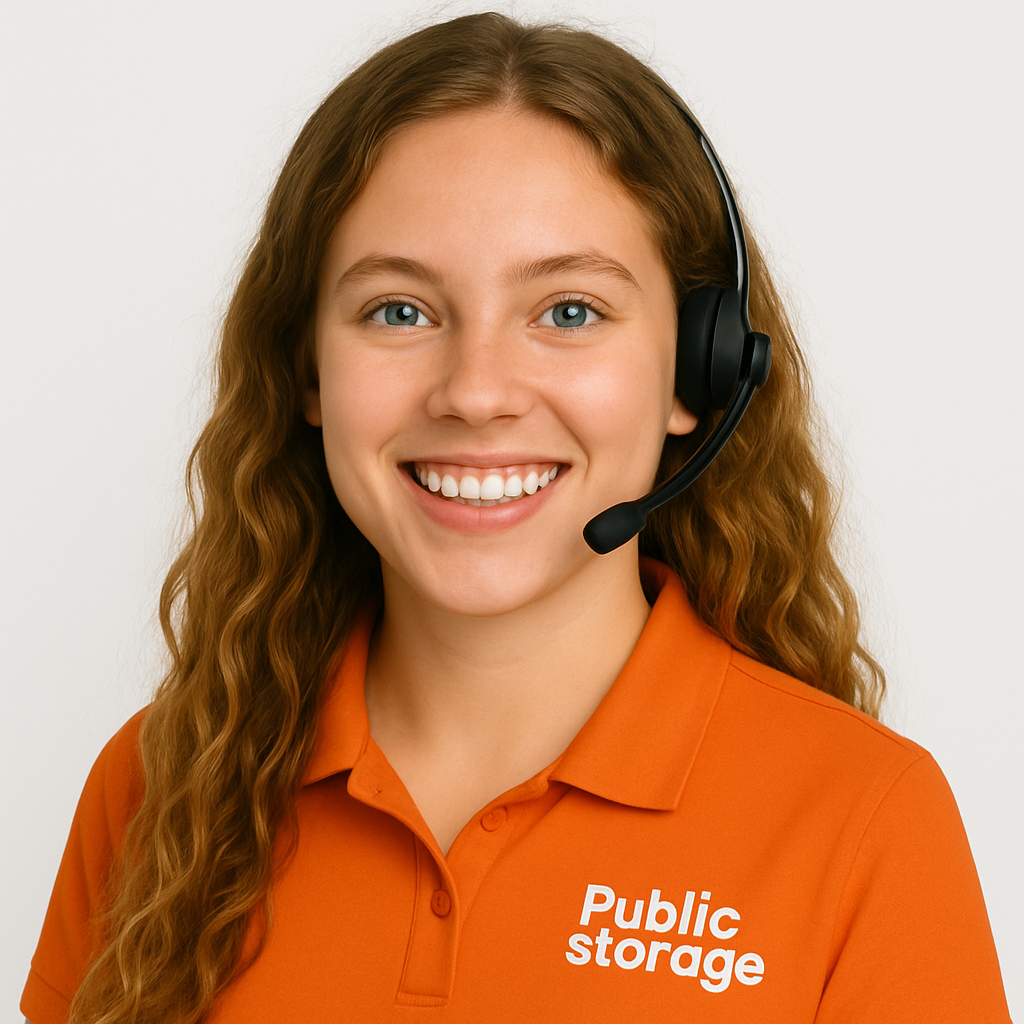
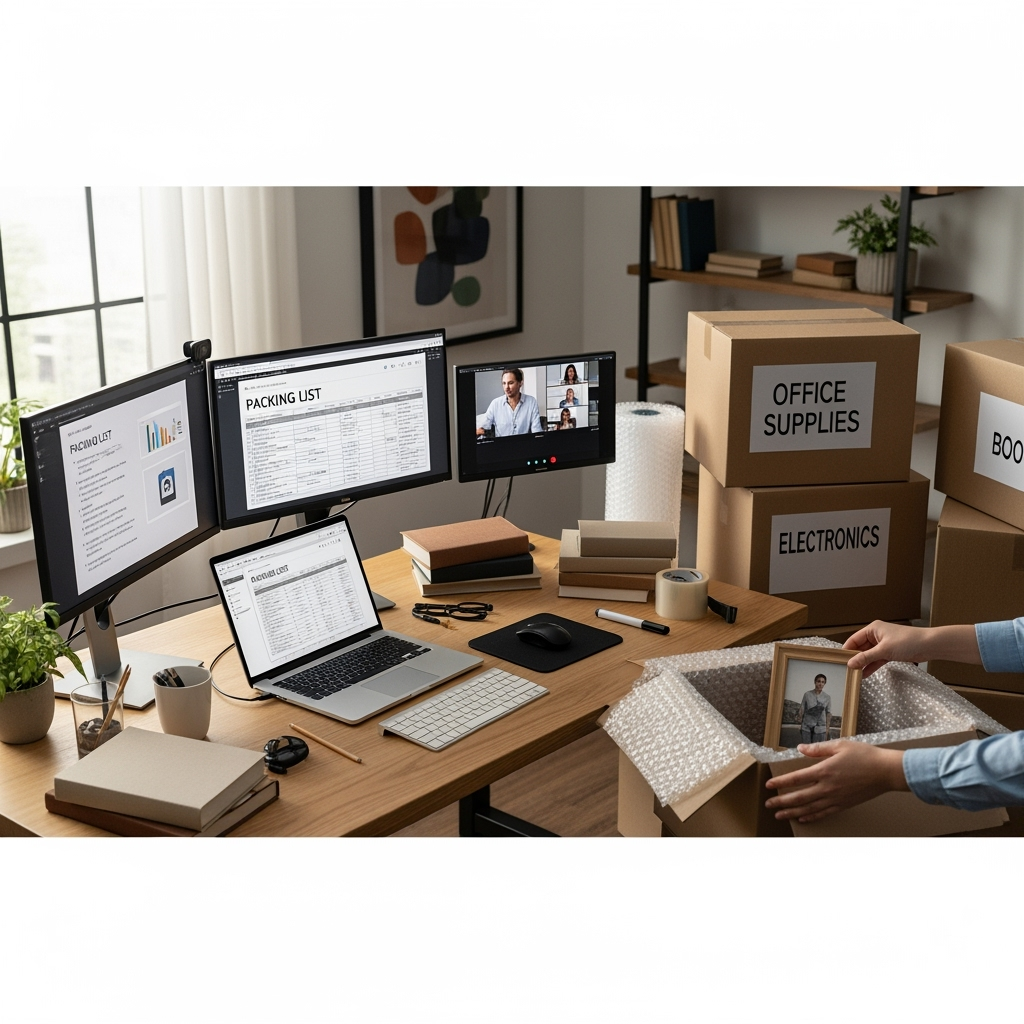
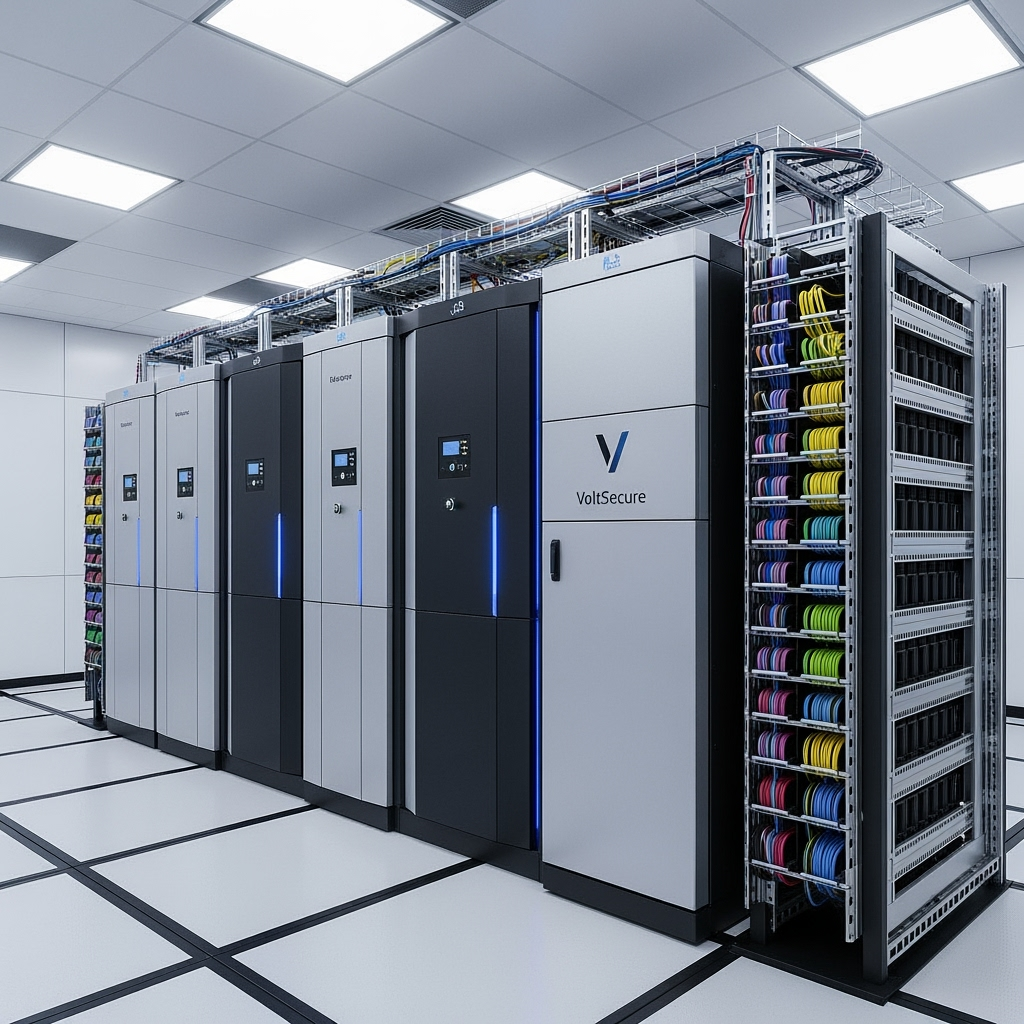

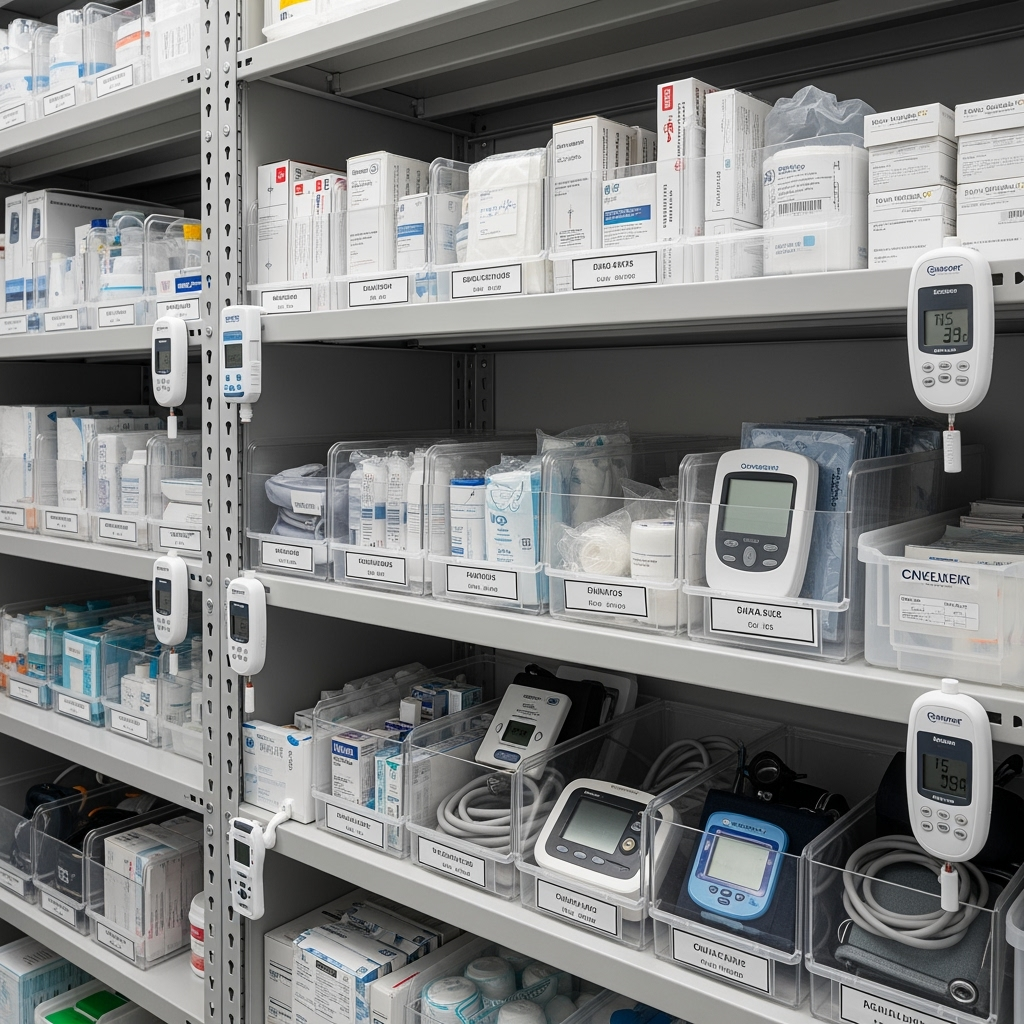
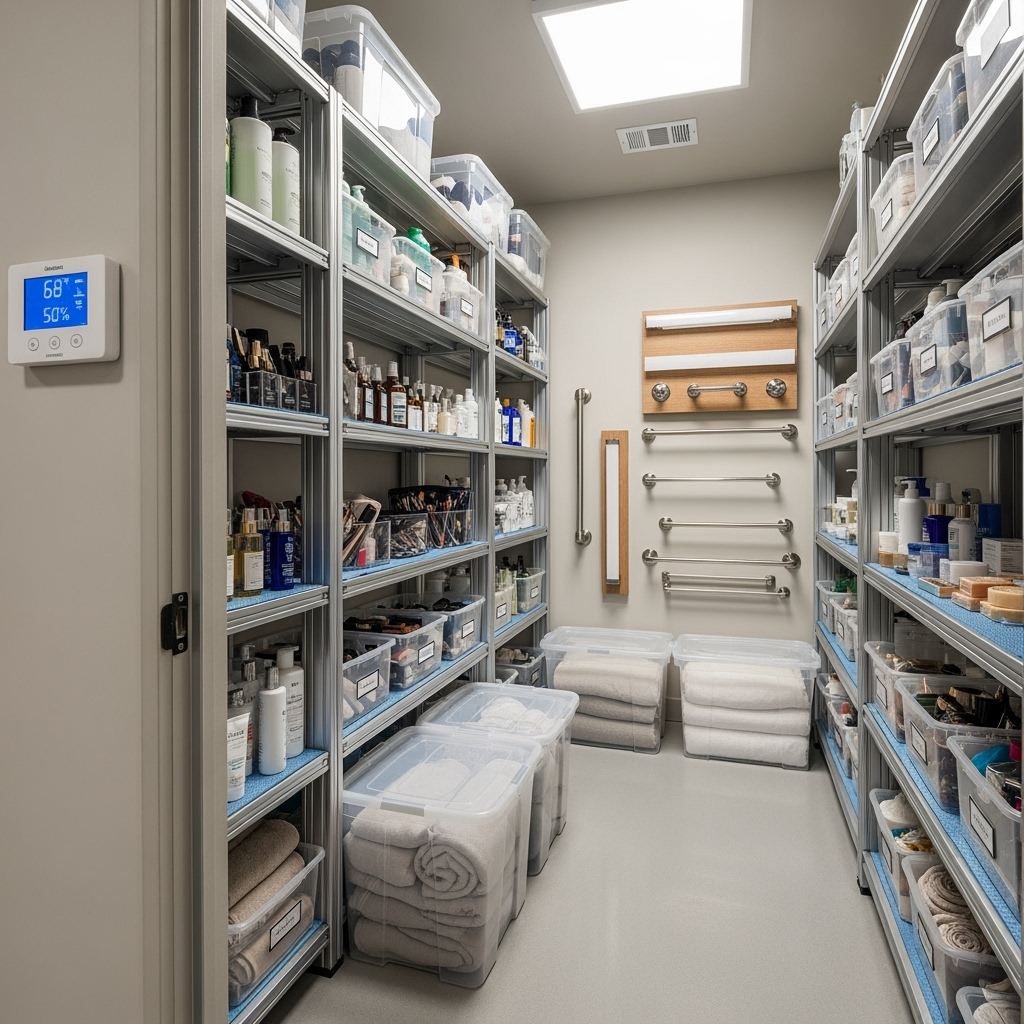
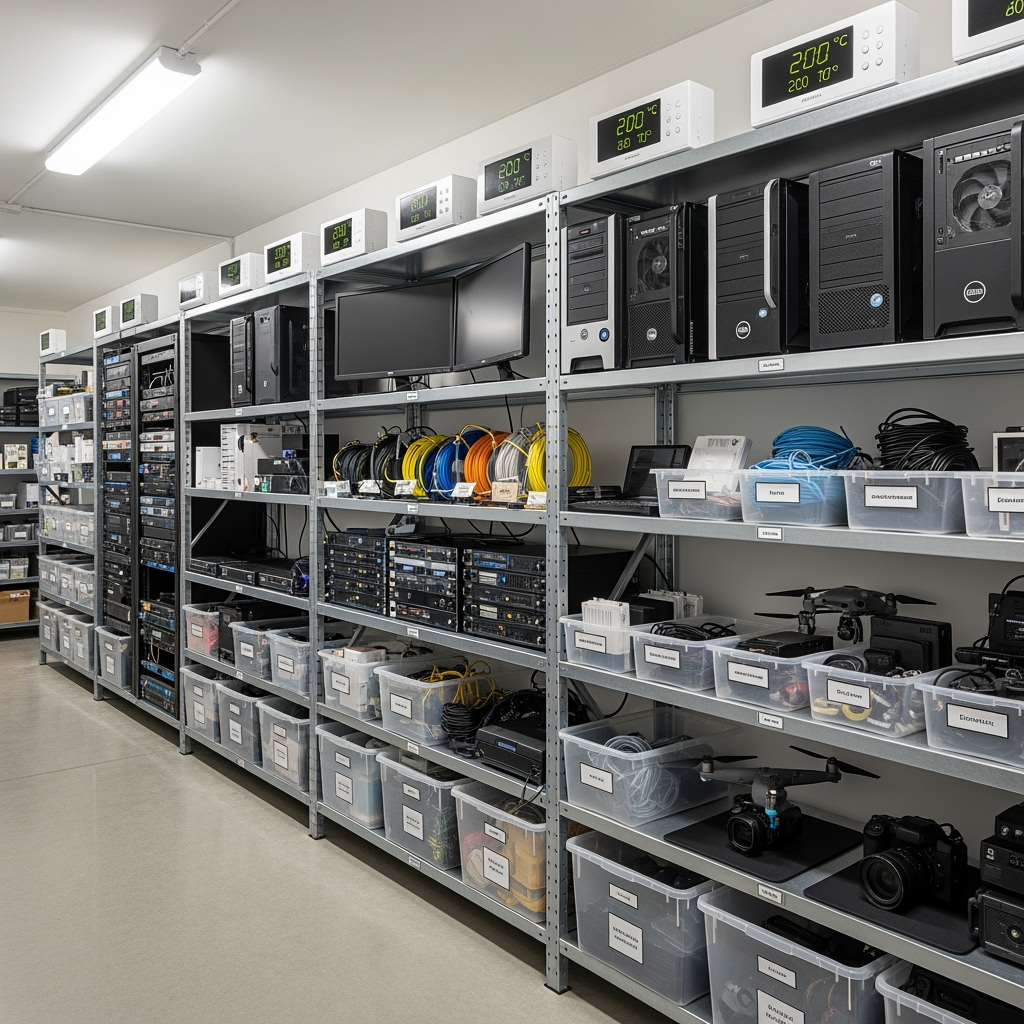
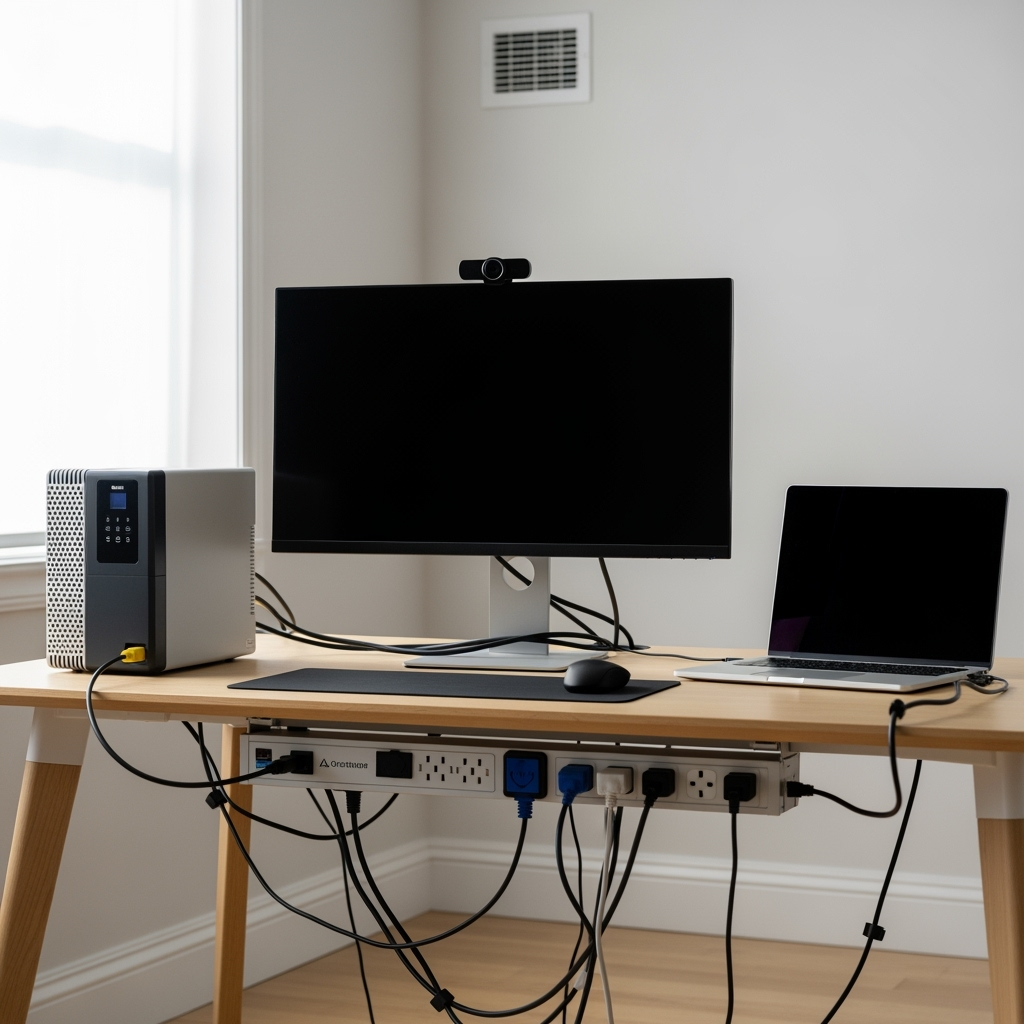
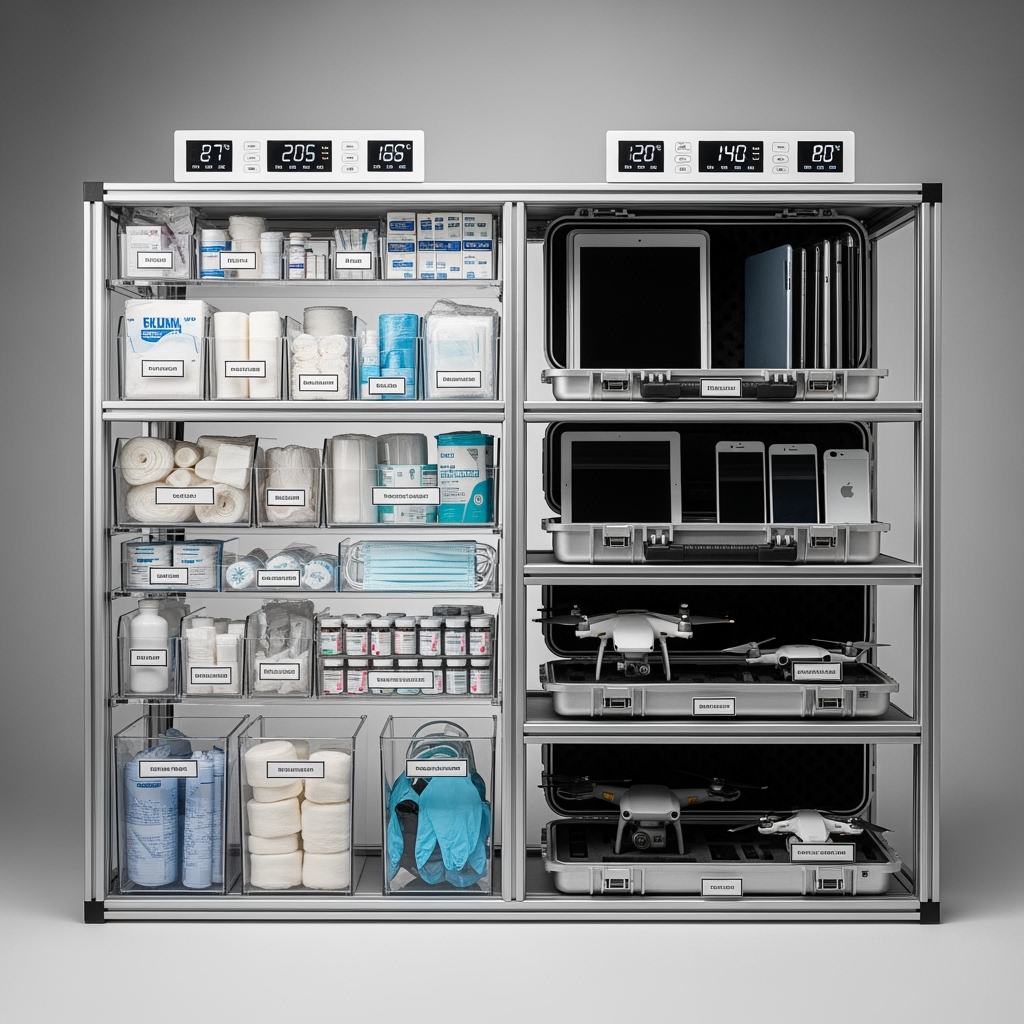
Leave a Reply